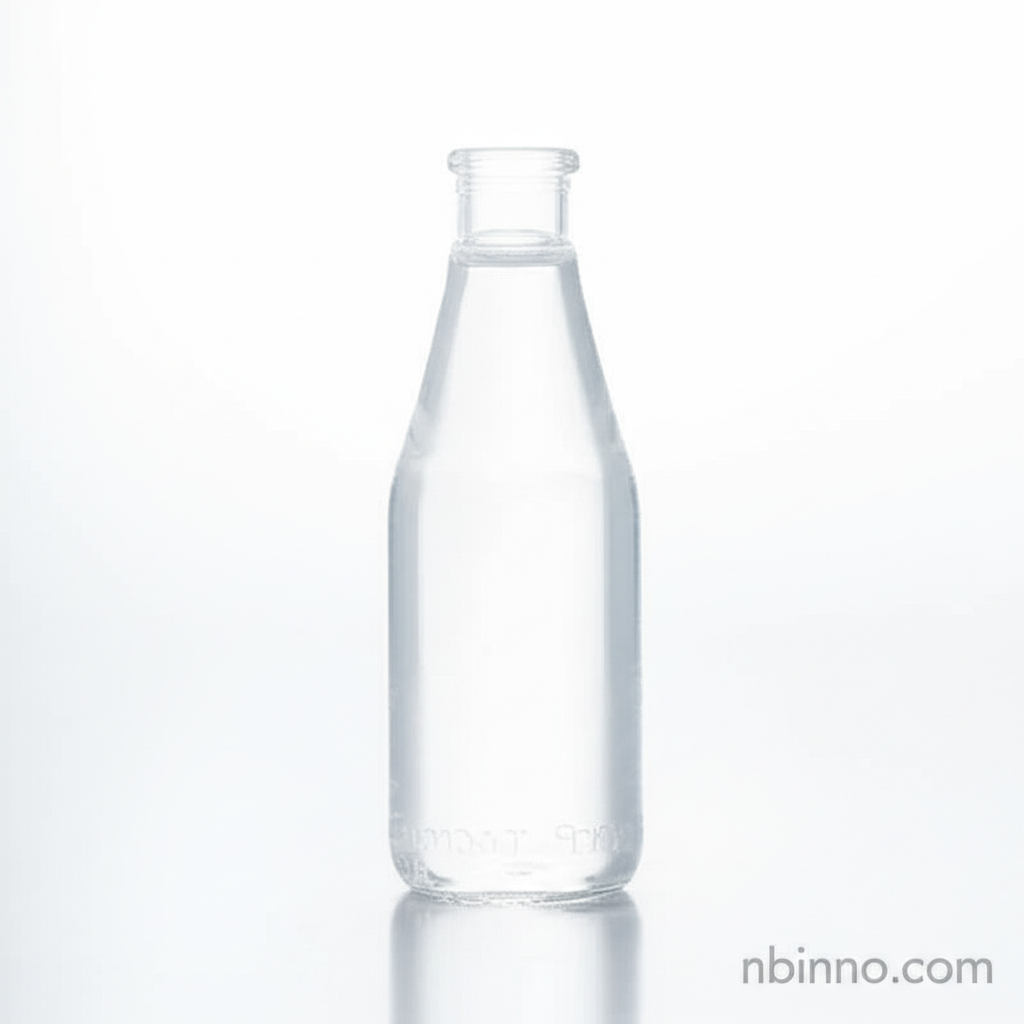Glacial Acetic Acid: Your Essential Guide to Industrial and Food-Grade Applications
Discover the versatile uses and critical properties of Glacial Acetic Acid, from industrial synthesis to culinary applications.
Get a Quote & SampleProduct Core Value

Glacial Acetic Acid
Glacial Acetic Acid, with the chemical formula CH3COOH, is a fundamental organic compound renowned for its dual role in both industrial manufacturing and food applications. Its high purity and consistent quality make it an indispensable raw material across a multitude of sectors.
- Explore the acetic acid uses in industry, particularly its crucial role in creating vinyl acetate monomer and acetic anhydride.
- Understand the acetic acid chemical properties that enable its diverse applications, from solvent capabilities to its acidic nature.
- Learn about the various acetic acid production methods, including advanced techniques like methanol carbonylation.
- Discover the key benefits of using glacial acetic acid food grade for preservation, flavoring, and ensuring food safety.
Advantages of Glacial Acetic Acid
Industrial Versatility
As a primary feedstock for chemicals like vinyl acetate monomer, acetic anhydride, and various esters, it drives innovation in paints, adhesives, and textiles. Understanding glacial acetic acid industrial grade applications is key for manufacturers.
Food Safety and Quality
Its use as a food additive (E260) highlights its role in regulating pH, acting as a preservative, and imparting flavor. The demand for glacial acetic acid food grade underscores its importance in the culinary world.
Reliable Sourcing
Sourcing high-quality Glacial Acetic Acid is crucial for maintaining product integrity. Partnering with a reputable acetic acid supplier China ensures a stable supply chain for your manufacturing needs.
Key Applications
Chemical Synthesis
Essential for producing vinyl acetate monomer (VAM), acetic anhydride, and numerous acetate esters, vital for polymers, solvents, and textiles. Explore acetic acid uses in industry for these core processes.
Food and Beverage
Utilized as a food additive (E260) for pH control, preservation, and as a key component in vinegar and pickling. Understanding acetic acid applications food is crucial for the food industry.
Textile and Leather Industry
Serves as a dyeing auxiliary and processing agent in textile and leather treatments, contributing to product finishing and colorfastness.
Pharmaceuticals and Cosmetics
Acts as a pH adjuster and antiseptic in various pharmaceutical formulations and cosmetic products, highlighting its broad applicability.
